Review by Pete Vack
As the subtitle infers, this is the biography of a very unique automobile, its pedigree assured, and its originality unsurpassed. Spanish historian Manuel Lage was asked to write this book by the car’s current owner, and no one is more qualified to do so. Chassis 723 is very important in the hierarchy of the 607 Hispano-Suiza Alfonsos produced by Hispano Suiza between 1910 and 1914, it is the most original and the only racing version left of the 36 cars that remain. Its complete history unfolds in Lage’s book with charm and many surprises. The text is in both Spanish and English.
Zuccarelli’s Widow
Lage also knows how to get us hooked. In a preface of sorts, Nicolas Franco is describing his 1962 purchase of the Hispano Suiza Alfonso XIII, chassis 723. He was, he said, led to a garage where the car was stored in Nice, then taken by his contact to meet the owner, “the old lady widow of the famous pilot Zuccarelli.”
Wait; something did not ring true here. Paolo Zuccarelli–better known to us as one of the “Charlatans”, did drive for Hispano, sure. But he died very young. Was there a widow? Seemed unlikely. Better check.
Two minutes into Google we found the answer: Zuccarelli died at age 26 and left only his mother and brother. No widow.
How did Manuel Lage, the extremely reputable author of this book and 10 others on the history of Spanish automobiles and trucks (including the Cugnot award-winning La Hispano Suiza, a pioneer company-THE ALFONSO XIII SPORTS CAR) get something so wrong within the first 10 pages of this latest work?
The explanation came on page 159 of a 200 page book after a journey into the unknown.
It was, however, an enjoyable trip; not without its pitfalls, the biggest being the terribly light print of the main text, making it difficult to read, at least for those of us in our seventh0 decade. The road to page 200 is not a thoroughfare, not a venue often taken, but most definitely worth the drive.
The First Sports Car?
Many have claimed, with good justification, that the King Alfonso XIII model, introduced in 1910, was the first sports car. The crown is not without claimants to the throne. Several manufacturers were working on high performance, high tech light cars from 1908 to 1911, and surprisingly most were American, including the very early but rather large American Underslung, the Regal Underslung, the famous Mercer Raceabout, and the successor to American Underslung, Harry Stutz’s Bearcat. In Germany, Bugatti was designing the Type 10 for Deutz in 1908-9, and in England, the Prince Henry Vauxhall was truly a sports car. It becomes a matter of semantics and timing, and we shall not pursue this further, aside from noting that Lage presents what could be called the “birth certificate of the modern sports car,” the invoice for King Alfonso XIII’s Hispano-Suiza dated May 31, 1910.
Famous Names
The Prince Henry Vauxhall was named for the car trials held in Prussia, in which the Pomeroy designed Vauxhall did extremely well. It is not recorded if Prince Henry approved of the royal name being used for the sports car.
Which was definitely NOT the case with the Hispano. Lage tells us that not only did King Alfonso XIII of Spain receive one of the first light Hispanos, but fully approved of its racing successes, which were considerable. It was a full flat out royal endorsement of a commercial product, not simply a marketing ploy.
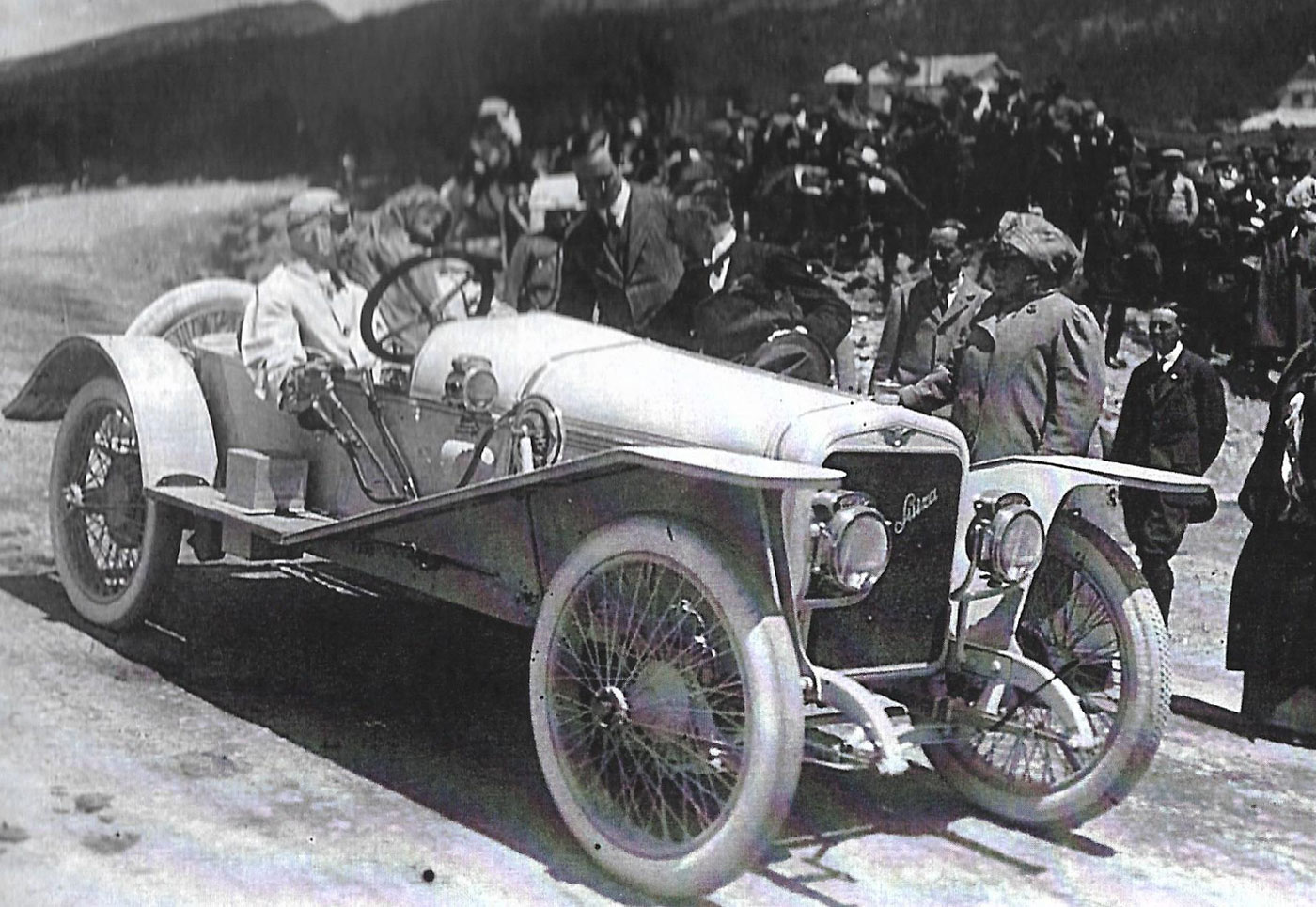
King Alfonso XIII in his Hispano-Suiza, chassis 2.112. He not only allowed the royal name to be used but enjoyed driving his Hispano-Suiza.
The author describes Swiss engineer Marc Birkigt’s development of the racing Hispanos in considerable detail, from the first side valved four cylinder to the improved ‘symmetrical’ valve layout, with a valve on each side of the block. His research allows us to understand the variations offered at the time, with four different displacements and horsepower ratings, as well as two wheelbase options.
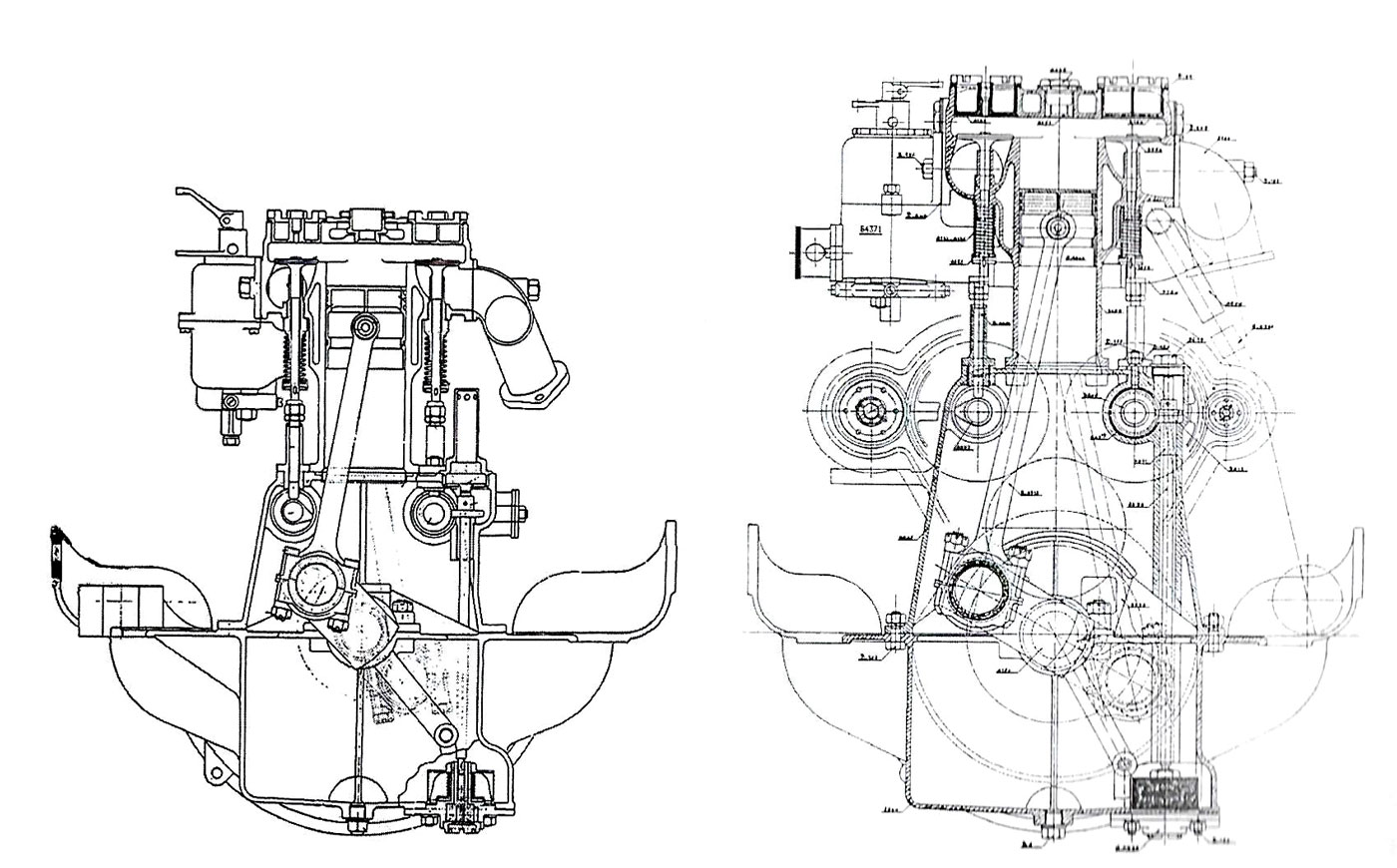
Marc Birkigt held onto the side valve arrangement for the Hispano Alfonso, even though many, including Bugatti, were already making use of the overhead valve head at the time. However it was reliable and while racing was important, many of the Alfonso models were street cars.
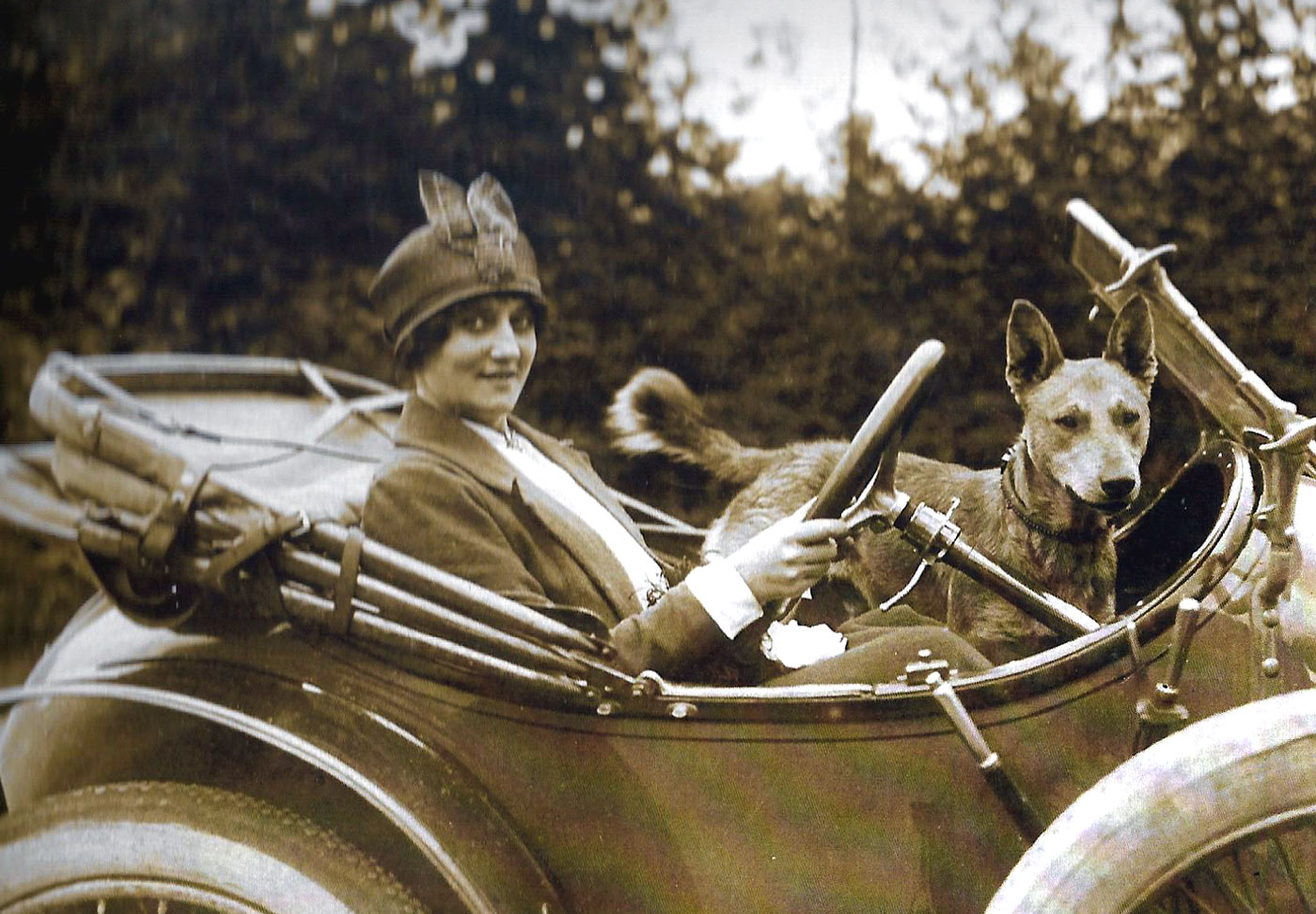
The Alfonso model was the daring of the social scene. This is Elise Raymonde, Baroness de La Roche with her 45 cr chassis number 724 in 1911. “It was without doubt the chicest model at the time.”
At First Light
In a most unusual diversion, Lage quotes almost an entire chapter from a book written in 1992 by Yves Dalmier, a supervisor at the Toulouse airport. But why? Because it was Dalmier who found 723 in 1962, and recounted the adventure in his book Wheels of Fortune, Wheels of Misery. Lage was right in doing so. Even after being translated from French to Spanish to English, Dalmier’s account is magical. Driving their XK 120 Jag on a trip to see her relatives, Dalmier’s wife runs out of gas near Foix and gets help pushing it to a nearby gas station, where she mentions to the manager that her husband is a car collector. By chance, she is introduced to a local resident and catches a glimpse of two old cars in a shed near his old mansion. Back home, she tries to describe the find to Yves, who learns just enough to go half crazy wondering what might be in the barn. She tells him one car had a square radiator grille with Hispano-Suiza in italics, white tires and no traditional Hispano stork. The owner is out of town for a few weeks she said, so they’ll have to wait for an invitation from him to return. In the meantime Dalmier pestered his wife with many photos of what he thought the car may be. “Well, that wasn’t’ it but it looked like it…” she would say.
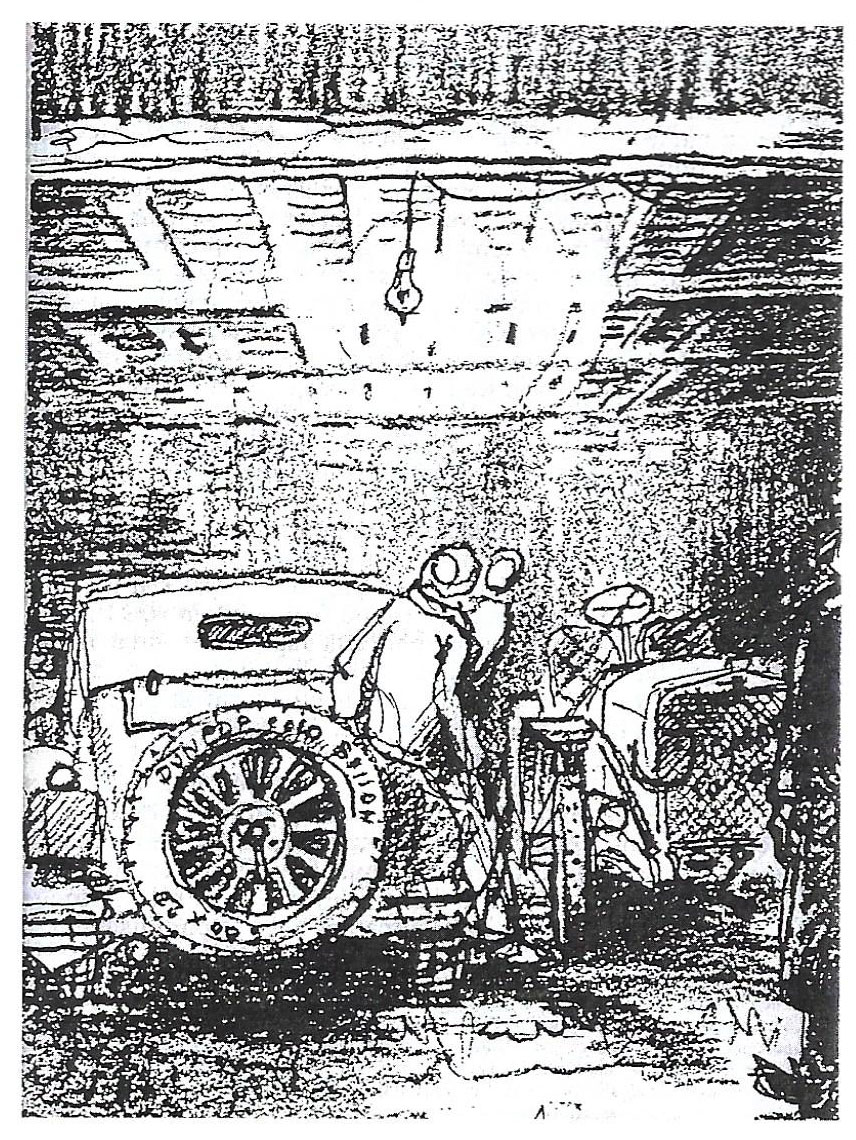
From Dalmier’s book, an artist’s conception of finding the Hispano-Suiza in the barn. The car next to it is a Talbot.
Yves finally gets to visit the 82 year old Baron Barthon de Montbas, dressed in tatty clothes with an endless red scarf wrapped around his head and a bad cough. The baron allows them inside his house, which is a mess, not having been cleaned since 1941. Dalmier must wait impatiently for hours before the baron finally gets around to letting them see the two old cars in the garage. Finally as the sun is about to go down, he is allowed in. And there is it, a truly rare short wheelbase racing version of the Hispano Alfonso, having been purchased from new by the baron’s father. And that is chassis 723.
We’ll not go further here. Suffice to say that we have all experienced such an adventure, and that this one did not turn out well for Dalmier. But his story is not only enjoyable but a very essential part of the history of 723.
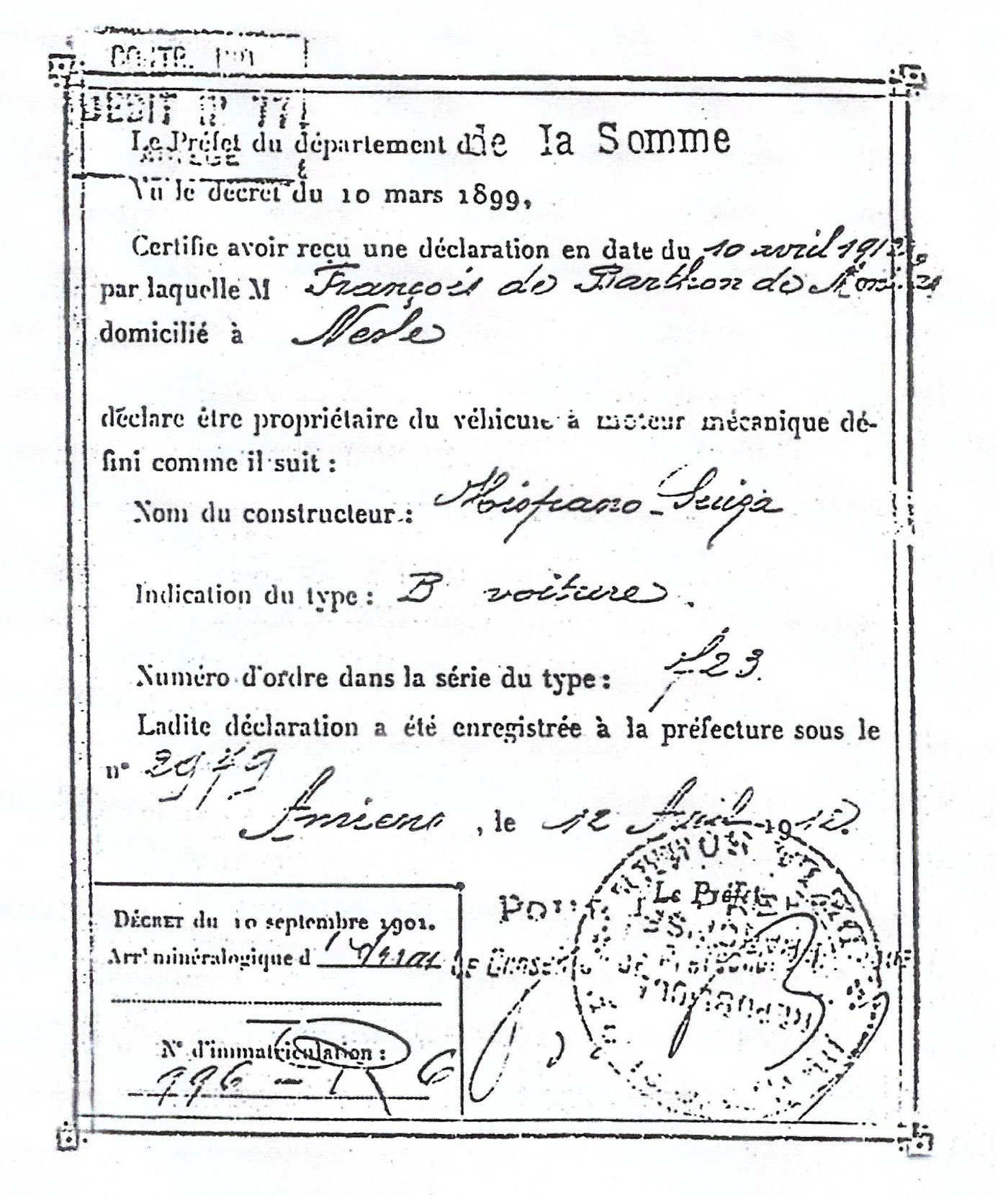
The registration certificate is dated April 1912, under the name Francois de Barthon, the baron’s father. Factory records later confirmed that the car was sold as new to de Barthon at that time.
After its discovery in 1962, chassis 723 went on to several different owners, each protecting its heritage and patina, including the original alligator leather seats. No owner opted for a nuts and bolts restoration, though the car has been repainted, optioned for street use with fenders, then returned to the original racing version, even though it was apparently never raced.
It’s a fascinating story that spans 110 years. And what about Zuccarelli’s widow? That is part of this story too, but a less than exemplary one that involves greed, regret, envy and loss of friends.
We’ll let you find out…
For U.S. buyers, call Don Toms in Florida, 941-727-8667, email don@bugattibooks.com
Copies can also be found at:
https://www.motors-mania.com/fr/livres-automobiles/10341-hispano-suiza-alfonso-xiii-n-723.htm
https://www.gilena.it/en/book/hispano-suiza-alfonso-xiii-n-723
Product specification
Binding In paperback
Pages 200
ISBN / EAN 9788409265572
Publisher Ferrari Import Espanola S.a
Languages English, Spanish
Publication date
12/2021
Dimensions
19 x 25 x 1 cm
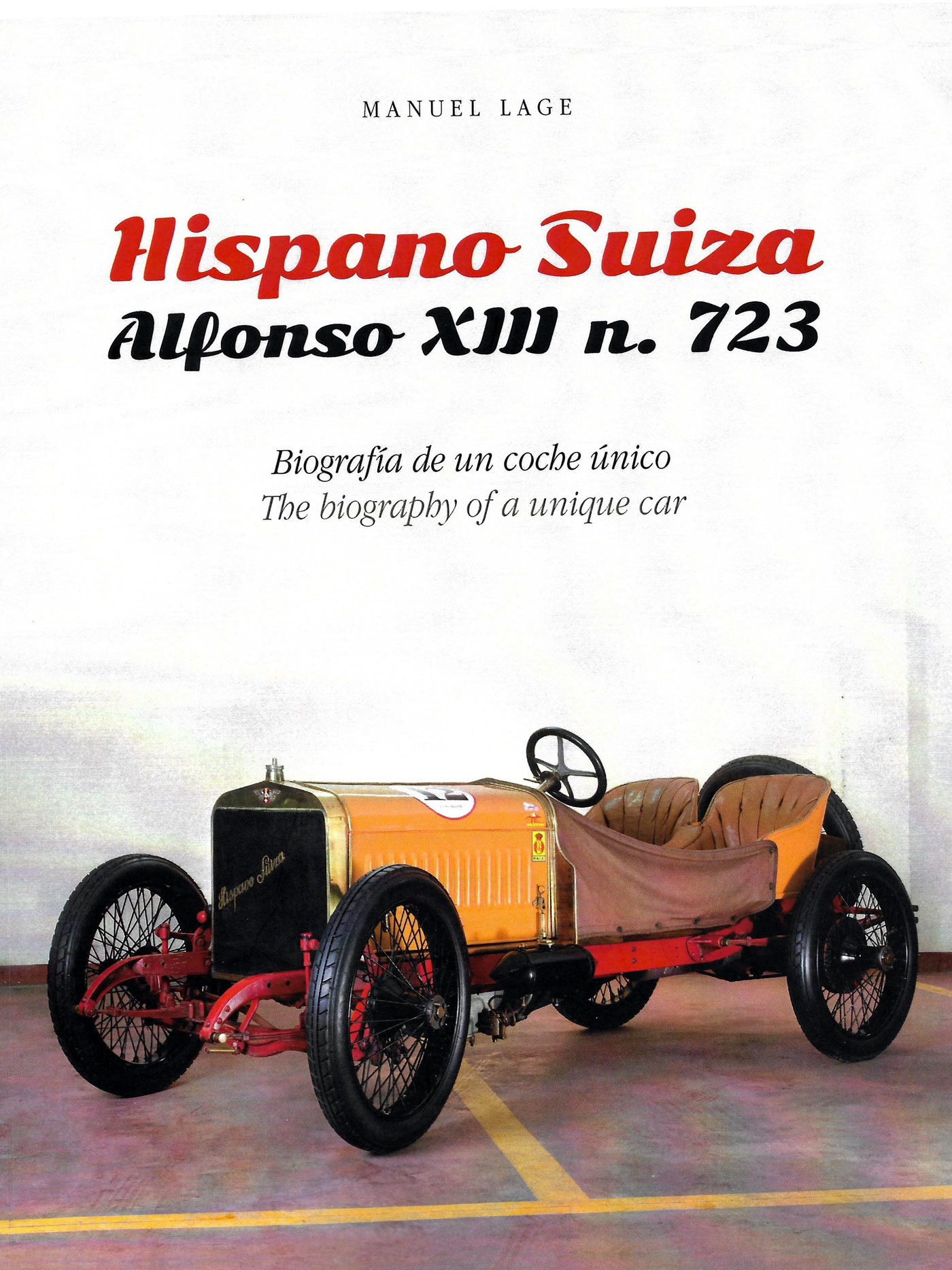
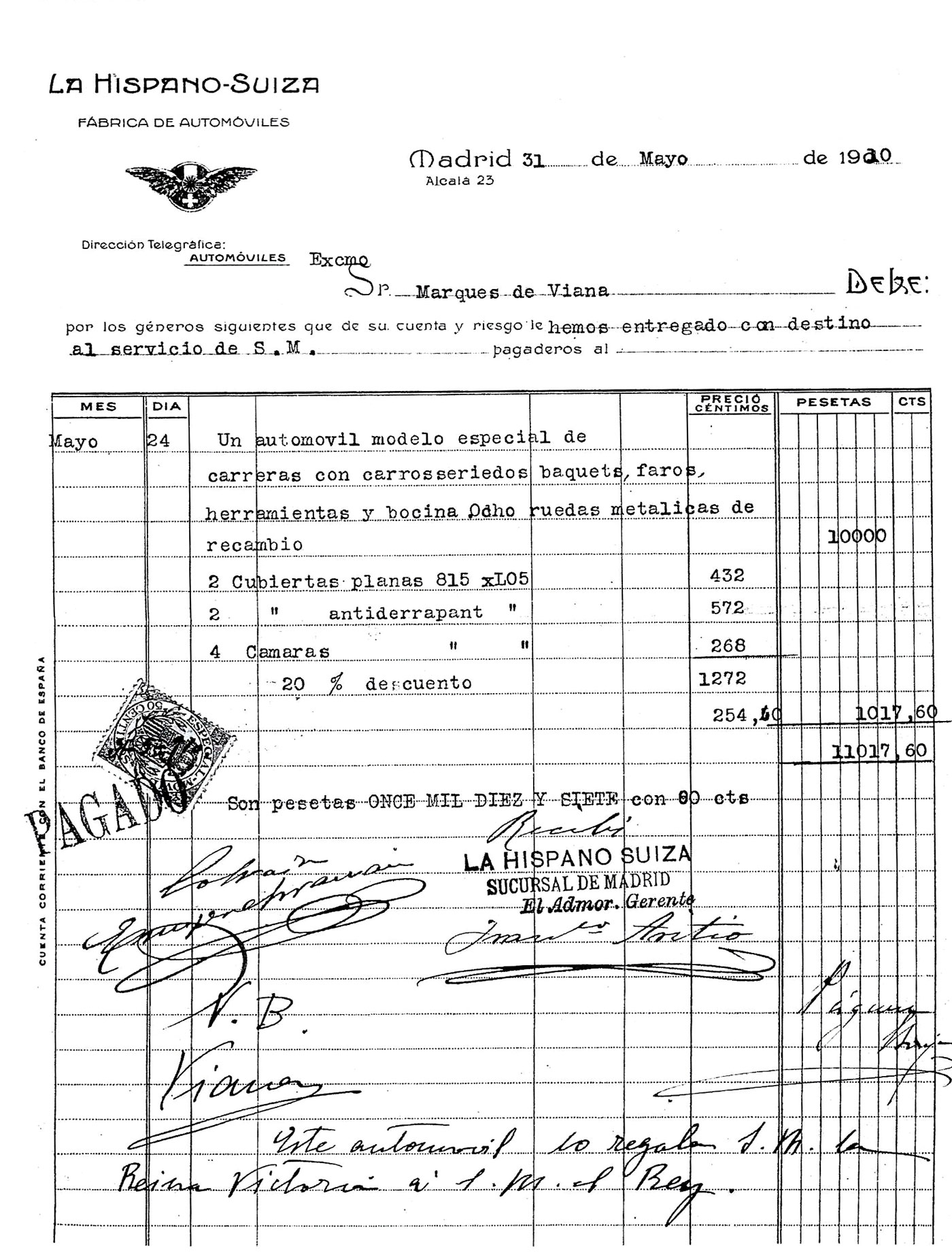
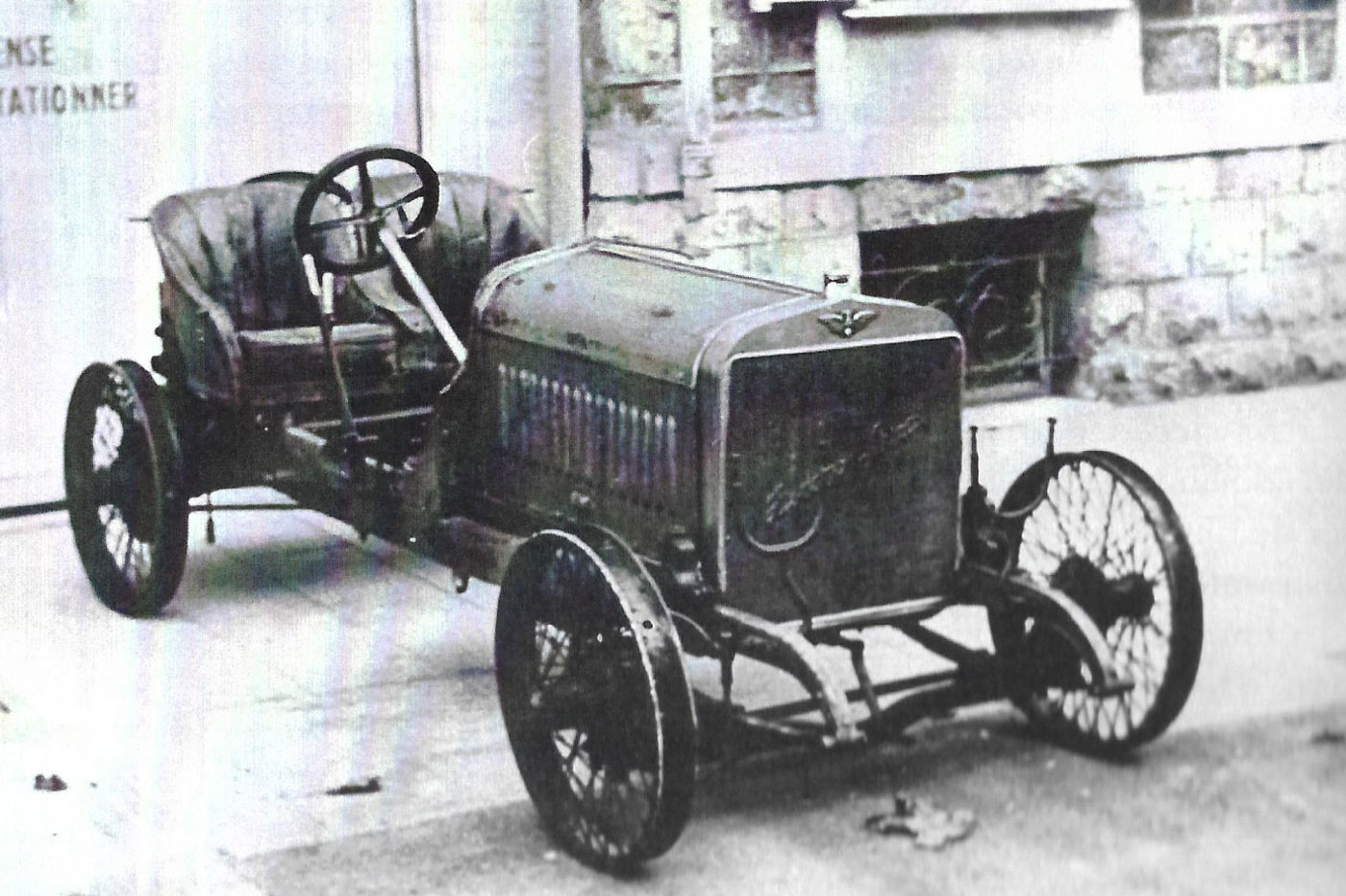
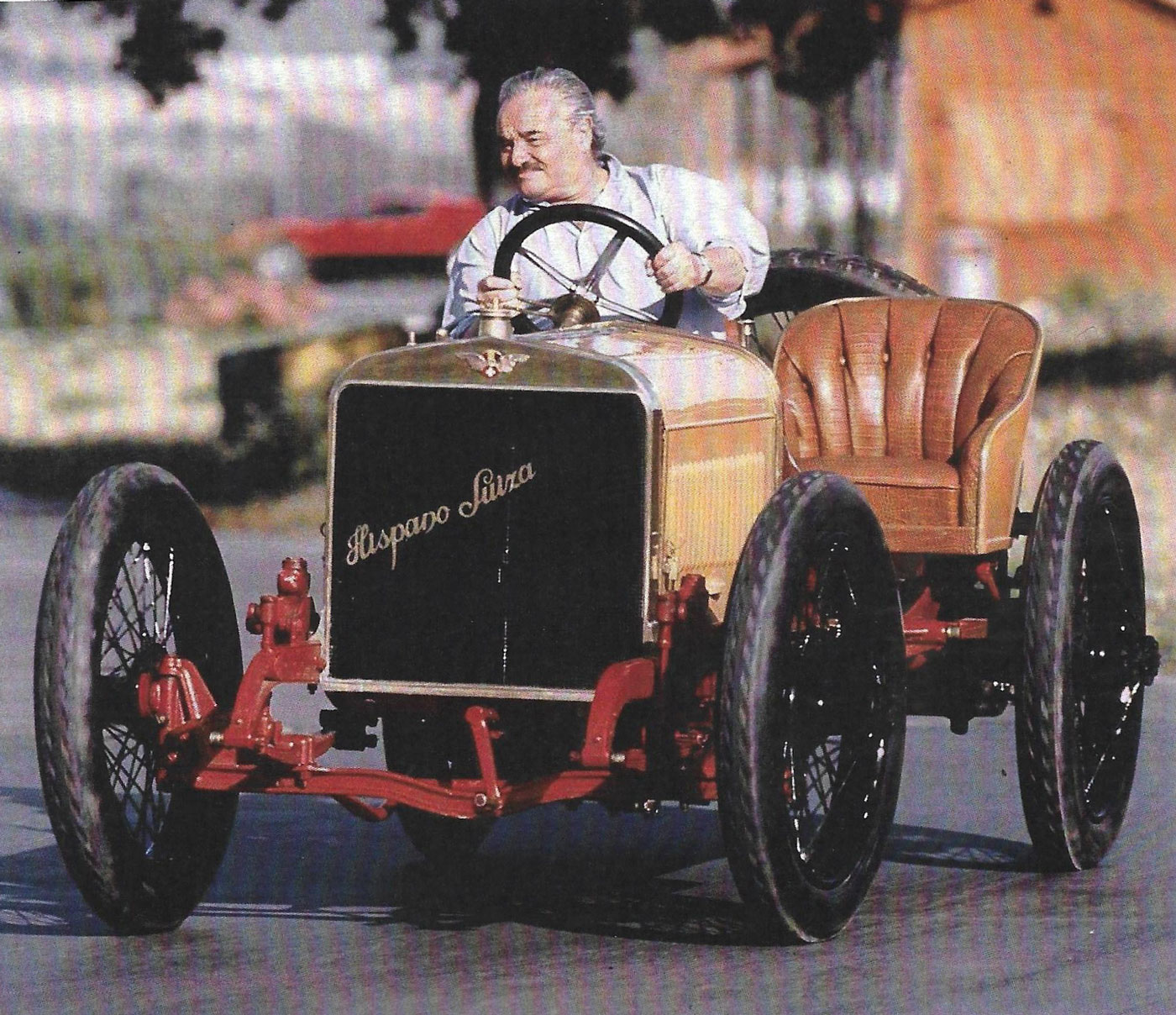
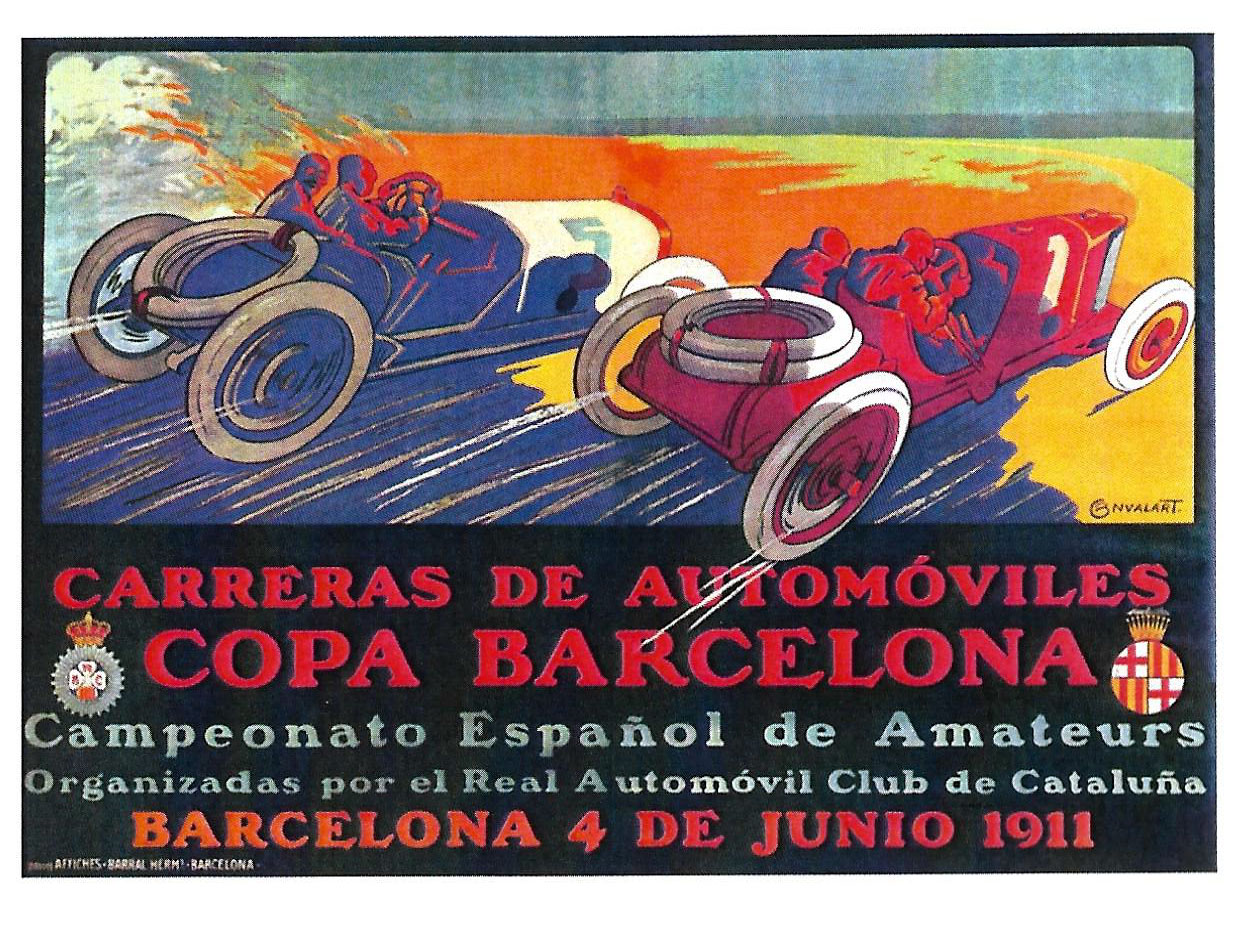
I have a copy of the Copa Barcelona poster hanging in my bedroom. Great color and an exciting image. Would love to see the car some day.
It was a photo of another Alfonso XIII (the example held by the National Motor Museum here in the UK) that I saw in the ‘60s, which sparked my interest in earlier motor cars. Still have that photo – it is one in a set of four place mats which must have been a present to my mother, and the reason it remains pristine is that despite her love for fast cars, my mother would never have risked anything that might distract attention from her wonderful cooking.